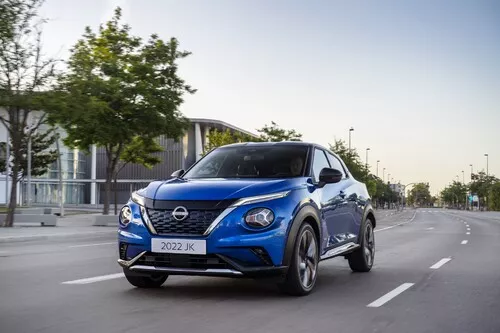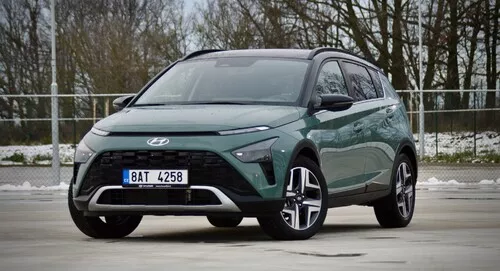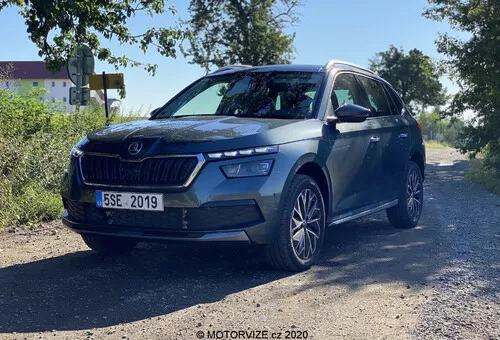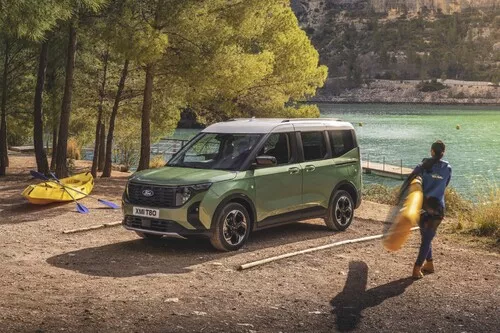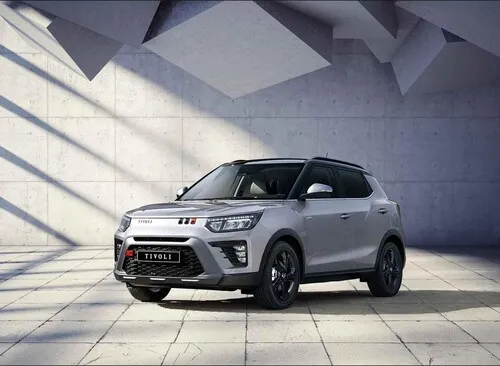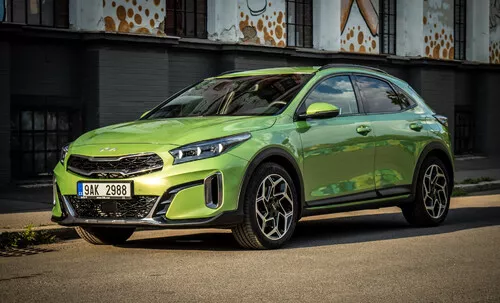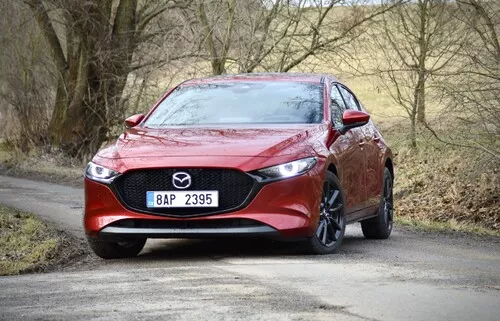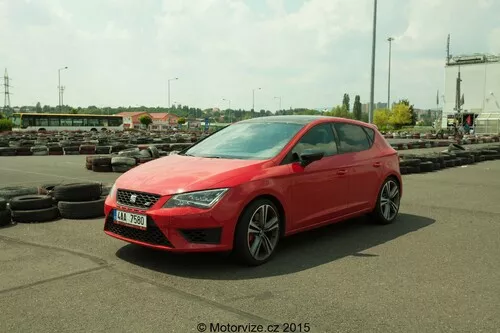Comparison: Turning circle VW Polo vs. competitors 2025
Whenever someone mentions the Volkswagen Polo, agile and easy-to-handle come to mind. And one key aspect contributing to this reputation is its turning circle. Simply put, the Polo has been designed to be a master of navigating traffic-filled city streets, crowded parking lots, and tight European alleys. In this article, we'll explore how the Polo's turning circle has evolved over the years and how it compares to its competitors and Volkswagen's own lineup.
VW Polo - How has the turning circle changed over the generations?
Since its inception in 1976, the Polo's turning circle has gone through noticeable changes. The first-generation Polo (1976-1979) featured a turning circle of 9.6 meters. This dimension remained the same for the 1. Facelift (1979-1981) and increased to 10 meters for the Polo II (1981-1990) and Polo II (1. Facelift) (1990-1994). Fast forward, the new standards of compact city cars became even more demanding as turning circles kept and the Polo III (1994-2001) and Polo III (1. Facelift) (1999-2001) feature a 10.1-meter turning circle. Subsequently, the figures went up to 10.6 meters from Polo IV (2001-2005), and it remained that way for later generations, including the current Polo VI (1. Facelift) (2021-present). The changes in the turning circle are a testament to how the Polo has transformed over the years to cater to its evolving customer base and their daily driving needs.
VW Polo generations
| Generation year | Turning circle |
|---|---|
| Polo, Model year 1976 (I) | 9 m |
| Polo, Model year 1979 (I (1. Facelift)) | 9 m |
| Polo, Model year 1981 (II) | 10 m |
| Polo, Model year 1990 (II (1. Facelift)) | 10 m |
| Polo, Model year 1994 (Polo III) | 10 m |
| Polo, Model year 1999 (III (1. Facelift)) | 10 m |
| Polo, Model year 2001 (IV) | 10 m |
| Polo, Model year 2005 (Polo IV (1. Facelift)) | 10 m |
| Polo, Model year 2009 (Polo V) | 10 m |
| Polo, Model year 2014 (Polo V (1. Facelift)) | 10 m |
| Polo, Model year 2017 (VI) | 10 m |
| Polo, Model year 2021 (Polo VI (1. Facelift)) | 10 m |
-
Polo, Model year 1976 (I) 9 m
-
Polo, Model year 1979 ) (I (1. Facelift) 9 m
-
Polo, Model year 1981 (II) 10 m
-
Polo, Model year 1990 ) (II (1. Facelift) 10 m
-
Polo, Model year 1994 (Polo III) 10 m
-
Polo, Model year 1999 ) (III (1. Facelift) 10 m
-
Polo, Model year 2001 (IV) 10 m
-
Polo, Model year 2005 ) (Polo IV (1. Facelift) 10 m
-
Polo, Model year 2009 (Polo V) 10 m
-
Polo, Model year 2014 ) (Polo V (1. Facelift) 10 m
-
Polo, Model year 2017 (VI) 10 m
-
Polo, Model year 2021 ) (Polo VI (1. Facelift) 10 m
Variants
The turning circle compared to other VW models
In comparison to its siblings in the Volkswagen lineup, the Polo's turning circle performs relatively well. While smaller models like the VW up! and VW e-up! have an impressive 9.8-meter turning circle, the Polo remains competitive with its 10.6 meters. Compared to larger models like the VW Golf and VW T-Roc, both featuring a turning circle of 10.9 and 11.1 meters respectively, the Polo proves that it's closer in performance to smaller models while providing more space and comfort.
VW Polo vs other current cars by VW
| Variant name | Turning circle |
|---|---|
| ID.7 | 10 m |
| ID.7 Tourer | 10 m |
| ID.5 | 10 m |
| ID.4 | 10 m |
| ID.3 | 10 m |
| ID.3 GTX | 10 m |
| Polo | 10 m |
| Polo GTI | 10 m |
| Taigo | 10 m |
| T-Cross | 10 m |
| ID.5 GTX | 11 m |
| ID.4 GTX | 11 m |
| Golf | 11 m |
| Golf GTE | 11 m |
| Golf Variant | 11 m |
| T-Roc | 11 m |
| T-Roc Cabriolet | 11 m |
| T-Roc R | 11 m |
| Tiguan | 11 m |
| Touran | 11 m |
| Touareg | 12 m |
| Touareg R | 12 m |
| ID.7 GTX | 12 m |
| ID.7 Tourer GTX | 12 m |
| Golf GTI | 12 m |
| Golf R | 12 m |
| Golf R Variant | 12 m |
| Tayron | 12 m |
| Passat Variant | 12 m |
-
ID.7 10 m
-
ID.7 Tourer 10 m
-
ID.5 10 m
-
ID.4 10 m
-
ID.3 10 m
-
ID.3 GTX 10 m
-
Polo 10 m
-
Polo GTI 10 m
-
Taigo 10 m
-
T-Cross 10 m
-
ID.5 GTX 11 m
-
ID.4 GTX 11 m
-
Golf 11 m
-
Golf GTE 11 m
-
Golf Variant 11 m
-
T-Roc 11 m
-
T-Roc Cabriolet 11 m
-
T-Roc R 11 m
-
Tiguan 11 m
-
Touran 11 m
-
Touareg 12 m
-
Touareg R 12 m
-
ID.7 GTX 12 m
-
ID.7 Tourer GTX 12 m
-
Golf GTI 12 m
-
Golf R 12 m
-
Golf R Variant 12 m
-
Tayron 12 m
-
Passat Variant 12 m
How does the turning circle of the VW Polo compare to it's nearest competitors?
Looking at its nearest competitors, the Volkswagen Polo's turning circle generally fares well. For instance, the KIA Rio boasts a better turning circle of 10.2 meters, while the Dacia Sandero is barely behind with 10.4 meters. The favorable comparison continues with the Hyundai Bayon (10.4 meters) and the Honda Jazz (10.6 meters). On the smaller end of the spectrum, the Hyundai i10 has a superior turning circle with 9.8 meters, and the Mitsubishi Space Star stands out with an impressively tight 9.2 meters. All in all, the Volkswagen Polo's turning circle remains competitive, positioning it as a suitable choice for those looking for a city-friendly car capable of tackling urban challenges.
VW Polo vs. similar cars
| Car model | Turning circle |
|---|---|
| VW Polo 2021 | 10 m |
| VW T-Cross 2024 | 10 m |
| Skoda Scala 2024 | 10 m |
| Toyota Proace City 2024 | 10 m |
| KIA XCeed 2022 | 10 m |
| Citroen C5 Aircross 2019 | 10 m |
| Hyundai Bayon 2024 | 10 m |
| Skoda Kamiq 2024 | 10 m |
| KGM Tivoli 2025 | 10 m |
| VW Taigo 2021 | 10 m |
| Dacia Duster 2024 | 10 m |
| Mitsubishi Eclipse Cross 2017 | 10 m |
| KIA cee´d 2021 | 10 m |
| Jeep Avenger 2023 | 10 m |
| Hyundai i30 2024 | 10 m |
| Mazda CX-30 2019 | 10 m |
| Citroen C4 Spacetourer 2018 | 10 m |
| Suzuki S-Cross 2022 | 10 m |
| Hyundai Kona 2017 | 10 m |
| SEAT Arona 2017 | 10 m |
| KIA Stonic 2017 | 10 m |
| KGM Torres 2025 | 10 m |
| Mitsubishi ASX 2024 | 11 m |
| Nissan Townstar 2022 | 11 m |
| Renault Express 2021 | 11 m |
| SEAT Tarraco 2019 | 11 m |
| MG ZS 2021 | 11 m |
| Opel Crossland 2017 | 11 m |
| VW T-Roc 2022 | 11 m |
| Skoda Kodiaq 2017 | 12 m |
-
 VW Polo 2021
10 m
VW Polo 2021
10 m
-
 VW T-Cross 2024
10 m
VW T-Cross 2024
10 m
-
Skoda Scala 2024 10 m
-
Toyota Proace City 2024 10 m
-
KIA XCeed 2022 10 m
-
Citroen C5 Aircross 2019 10 m
-
Hyundai Bayon 2024 10 m
-
Skoda Kamiq 2024 10 m
-
KGM Tivoli 2025 10 m
-
 VW Taigo 2021
10 m
VW Taigo 2021
10 m
-
Dacia Duster 2024 10 m
-
 Mitsubishi Eclipse Cross 2017
10 m
Mitsubishi Eclipse Cross 2017
10 m
-
KIA cee´d 2021 10 m
-
 Jeep Avenger 2023
10 m
Jeep Avenger 2023
10 m
-
Hyundai i30 2024 10 m
-
 Mazda CX-30 2019
10 m
Mazda CX-30 2019
10 m
-
Citroen C4 Spacetourer 2018 10 m
-
 Suzuki S-Cross 2022
10 m
Suzuki S-Cross 2022
10 m
-
Hyundai Kona 2017 10 m
-
SEAT Arona 2017 10 m
-
KIA Stonic 2017 10 m
-
KGM Torres 2025 10 m
-
 Mitsubishi ASX 2024
11 m
Mitsubishi ASX 2024
11 m
-
Nissan Townstar 2022 11 m
-
Renault Express 2021 11 m
-
SEAT Tarraco 2019 11 m
-
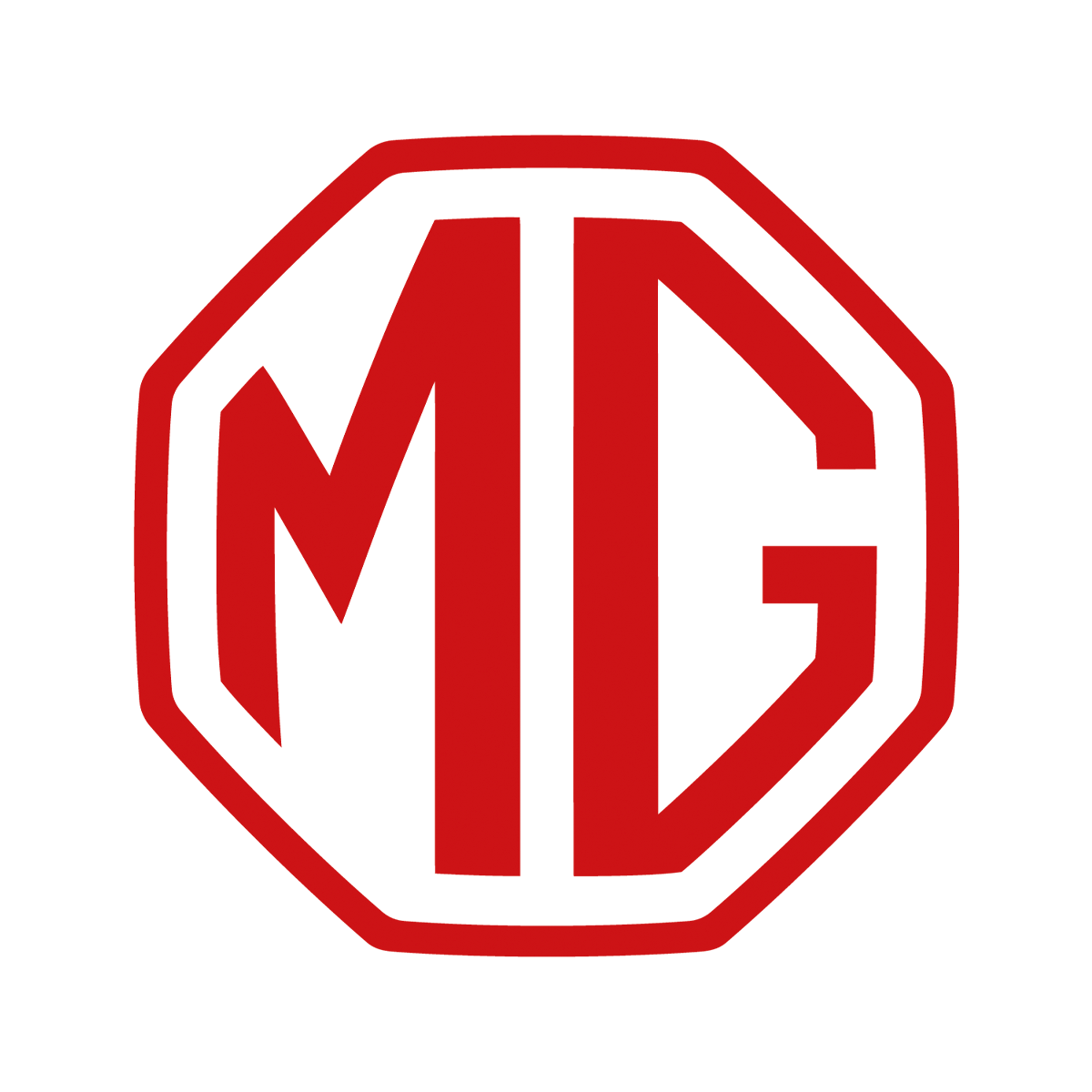 MG ZS 2021
11 m
MG ZS 2021
11 m
-
Opel Crossland 2017 11 m
-
 VW T-Roc 2022
11 m
VW T-Roc 2022
11 m
-
Skoda Kodiaq 2017 12 m
Similar cars
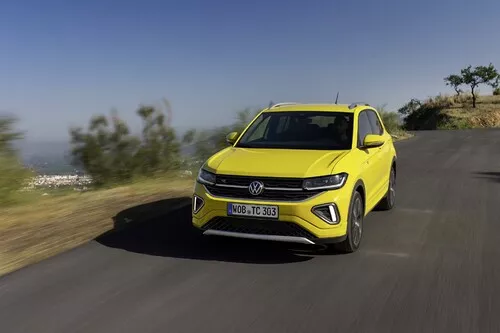
 2024
• C1
2024
• C1
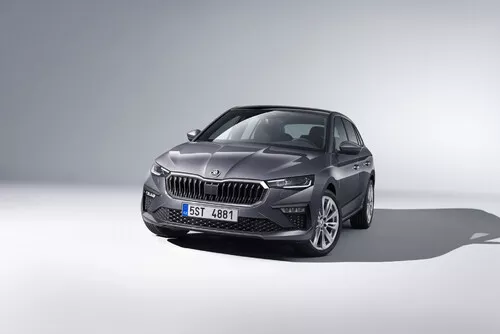
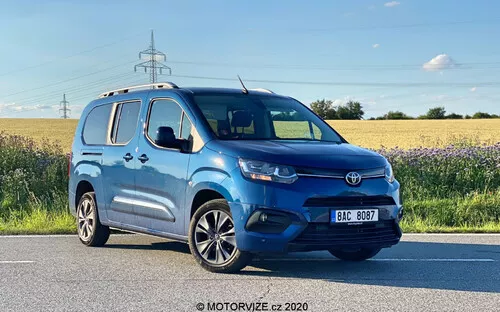
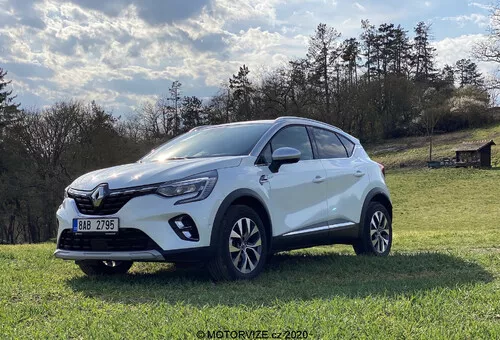
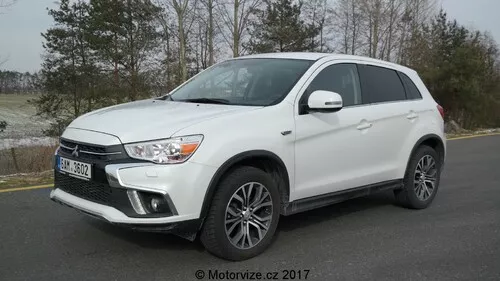
 2024
• RJB
2024
• RJB
